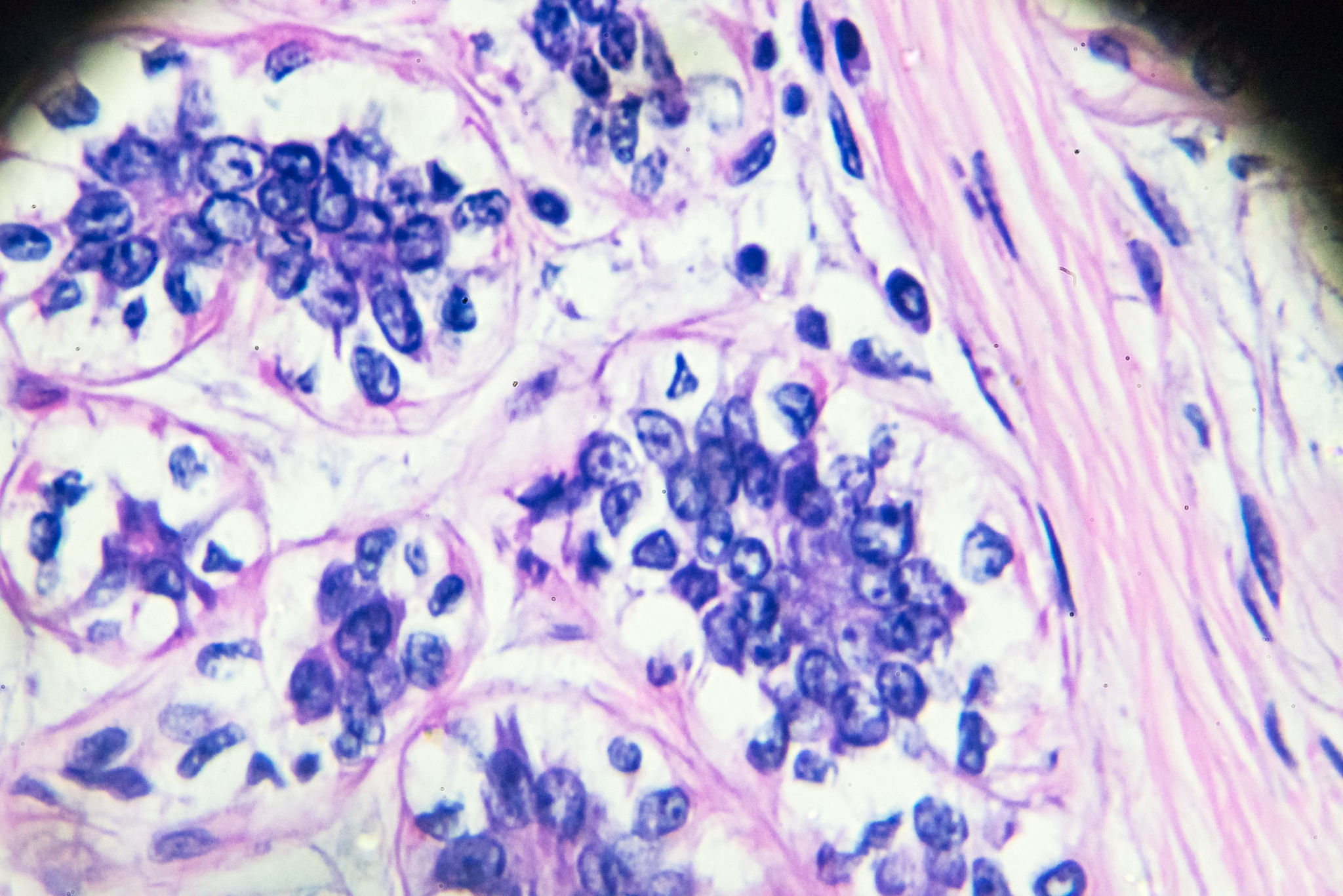Top 5 Myths About Stem Cell Therapy Debunked
Understanding Stem Cell Therapy
Stem cell therapy is a rapidly advancing field of medicine that holds great promise for treating a variety of conditions. However, despite its potential, there are numerous myths and misconceptions surrounding stem cell therapy that can mislead patients and healthcare providers alike. In this article, we will debunk some of the most common myths about stem cell therapy.

Myth 1: Stem Cells Can Cure Any Disease
One of the most pervasive myths about stem cell therapy is that it can cure any disease. While stem cells have significant potential in regenerative medicine, they are not a miracle cure. The efficacy of stem cell treatments varies depending on the condition being treated, and much research is still needed to understand their full capabilities.
Limitations of Current Research
Current research has shown promising results in conditions like certain types of cancers, blood disorders, and degenerative diseases. However, it is important to note that stem cell therapy is not a panacea for all ailments. Patients should consult with medical professionals to understand the realistic outcomes based on current evidence.

Myth 2: All Stem Cell Treatments Are Safe and Approved
Many people believe that all stem cell treatments available today are safe and have been approved by relevant health authorities. In reality, only a limited number of stem cell therapies have received approval from agencies like the FDA. These approved treatments are primarily for specific conditions such as certain blood-related disorders.
Understanding Regulatory Approvals
It's crucial for patients to verify whether a specific stem cell treatment is approved. Unverified treatments can pose significant health risks and may not offer the benefits claimed by providers. Always seek treatments from reputable clinics and under the guidance of qualified healthcare professionals.

Myth 3: Stem Cell Therapy Provides Immediate Results
Another common misconception is that stem cell therapy provides immediate results. The process of regenerating damaged tissues or organs is complex and takes time. Patients might not see improvements for weeks or even months after treatment.
The Importance of Patience and Follow-Up
Successful outcomes often depend on various factors, including the patient's overall health, the condition being treated, and adherence to post-treatment care instructions. It's important for patients to have realistic expectations and maintain regular follow-ups with their healthcare provider.
Myth 4: All Stem Cells Are the Same
Not all stem cells are created equal. There are different types of stem cells, each with unique properties and potential uses. Embryonic stem cells, adult stem cells, and induced pluripotent stem cells are just a few examples, each suited for different applications.
Differentiation and Specialization
The differences in these stem cells impact their effectiveness in treating various conditions. Understanding these distinctions can help patients make informed decisions about their treatment options.

Myth 5: Stem Cell Therapy Is Only for the Elderly
While it's true that many age-related degenerative diseases are being researched for potential treatment with stem cells, this therapy is not limited to the elderly. Stem cell therapy is being explored for a wide range of conditions affecting people of all ages, including spinal cord injuries, heart disease, and even sports injuries.
A Versatile Treatment Option
This versatility makes stem cell therapy an exciting area of study for both chronic and acute conditions across demographic groups. As research progresses, more people may benefit from the advancements in this innovative medical field.
In conclusion, understanding the realities versus myths surrounding stem cell therapy is essential for patients considering this treatment option. Consult with knowledgeable healthcare providers to explore the possibilities while staying informed about ongoing research and developments in this promising area of medicine.